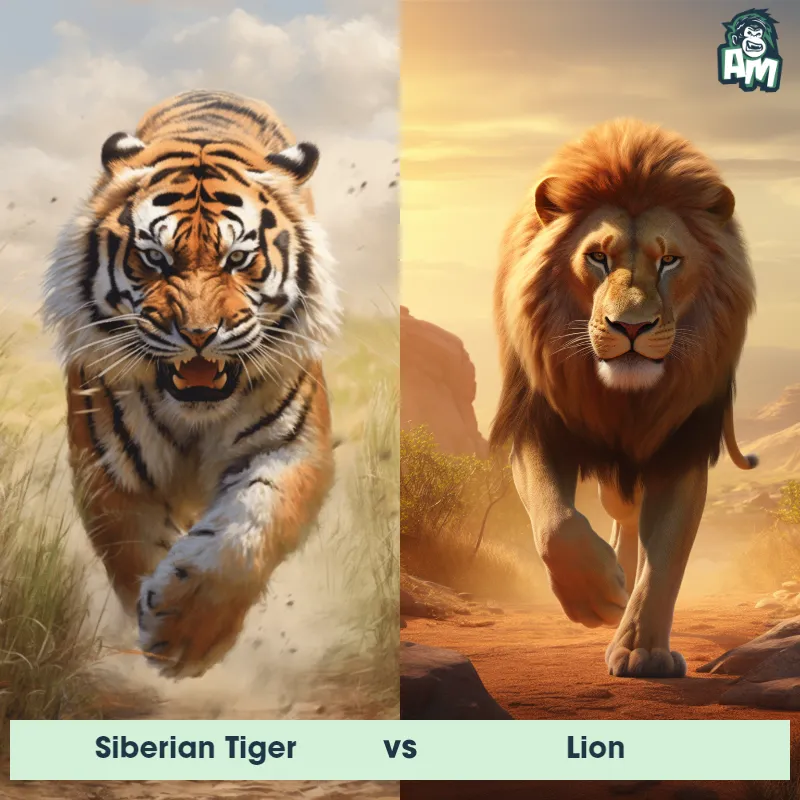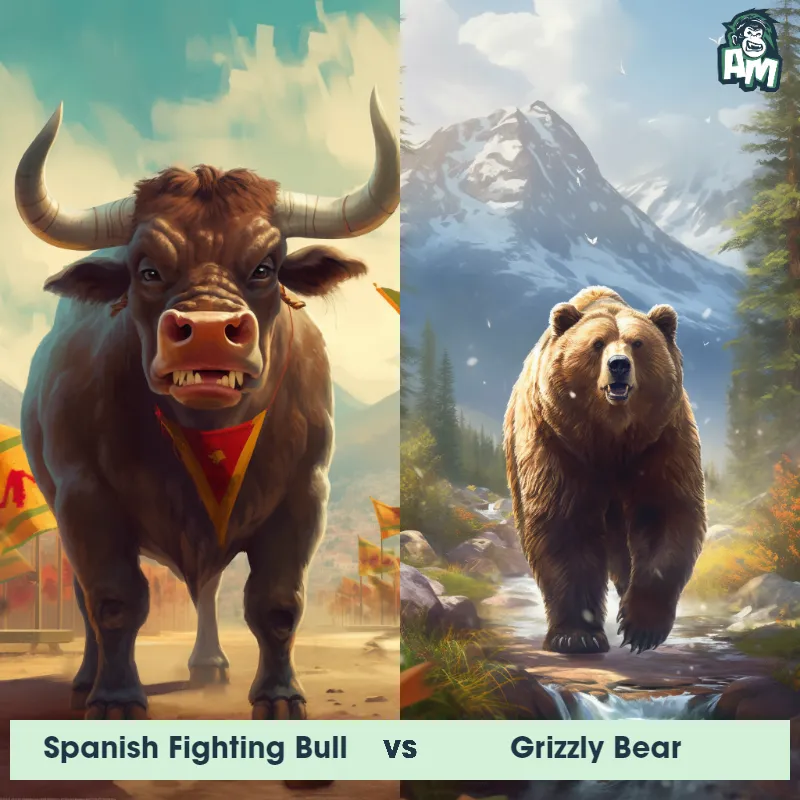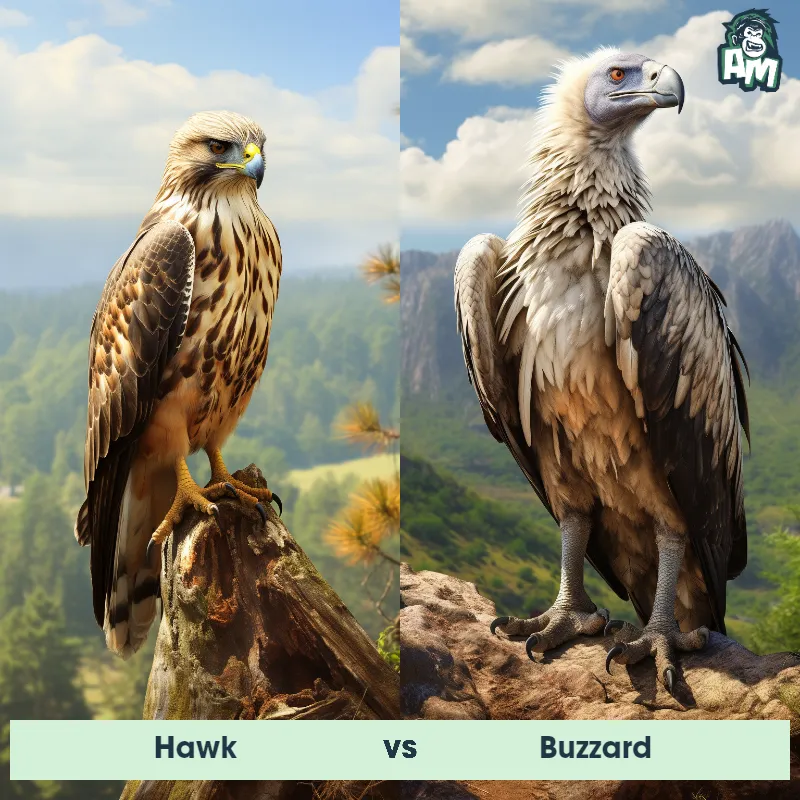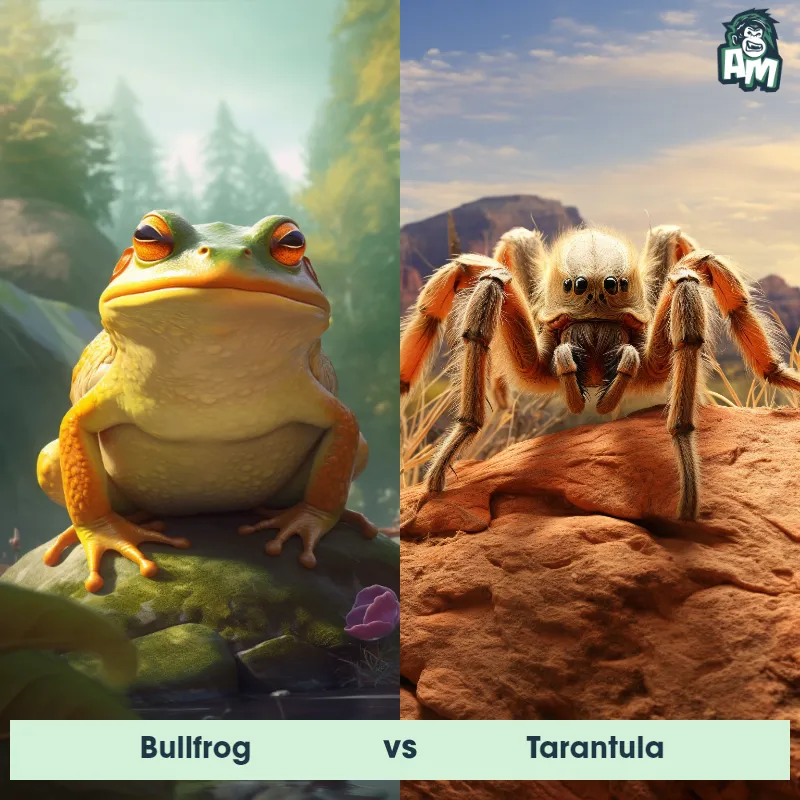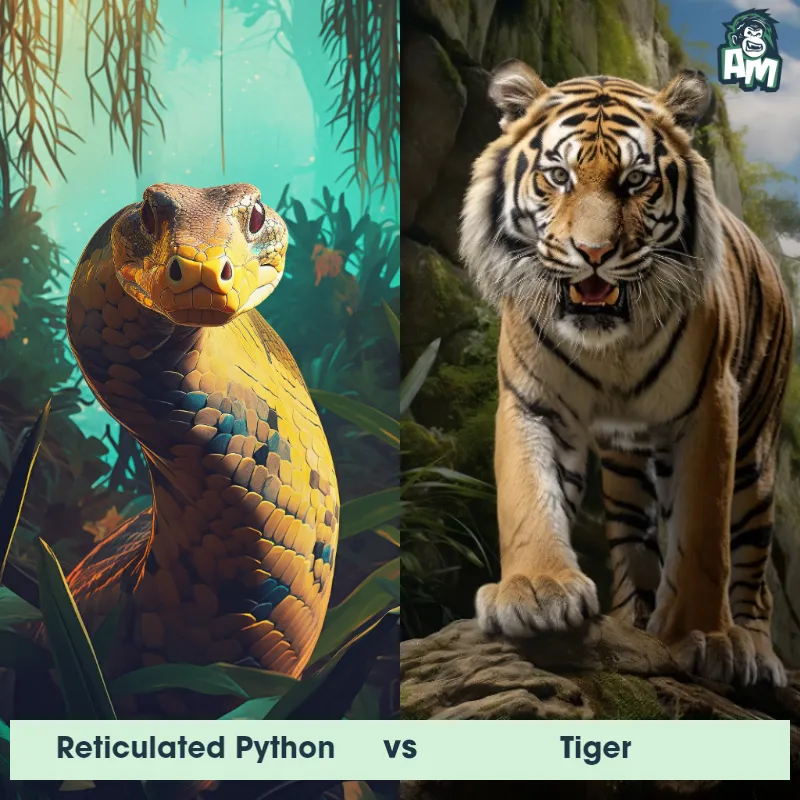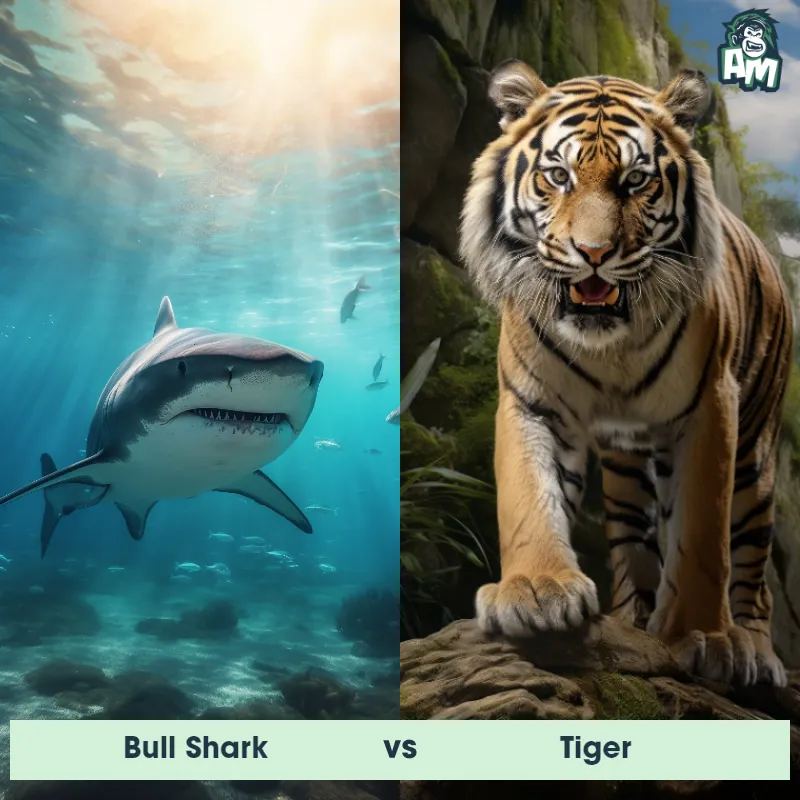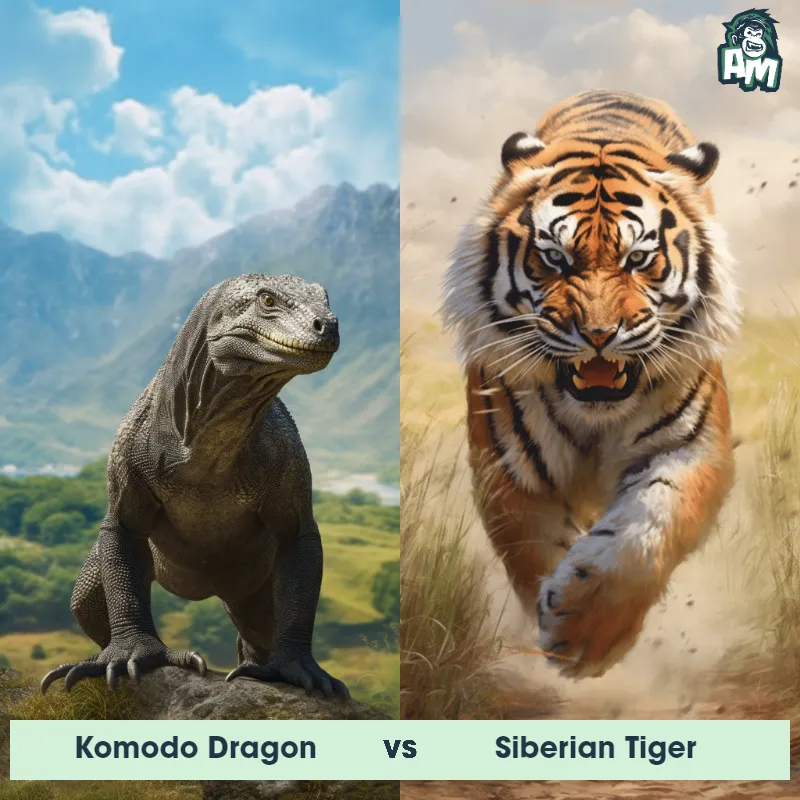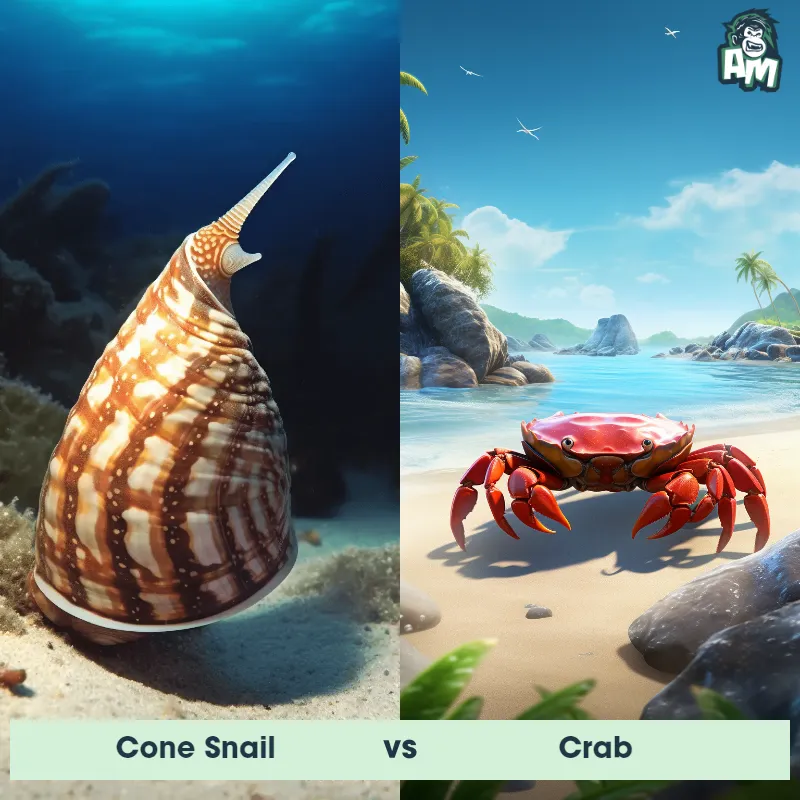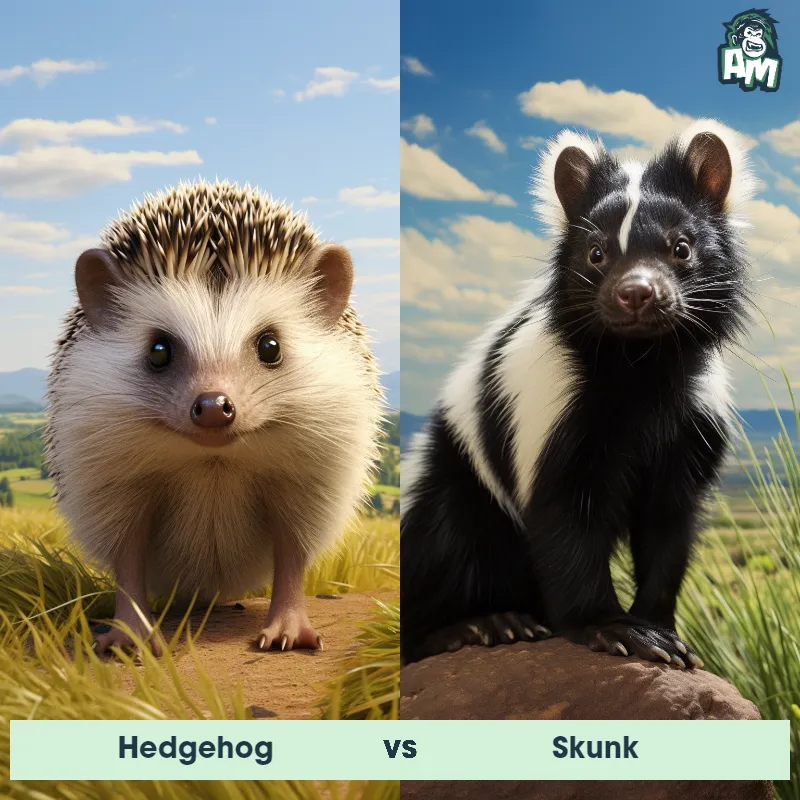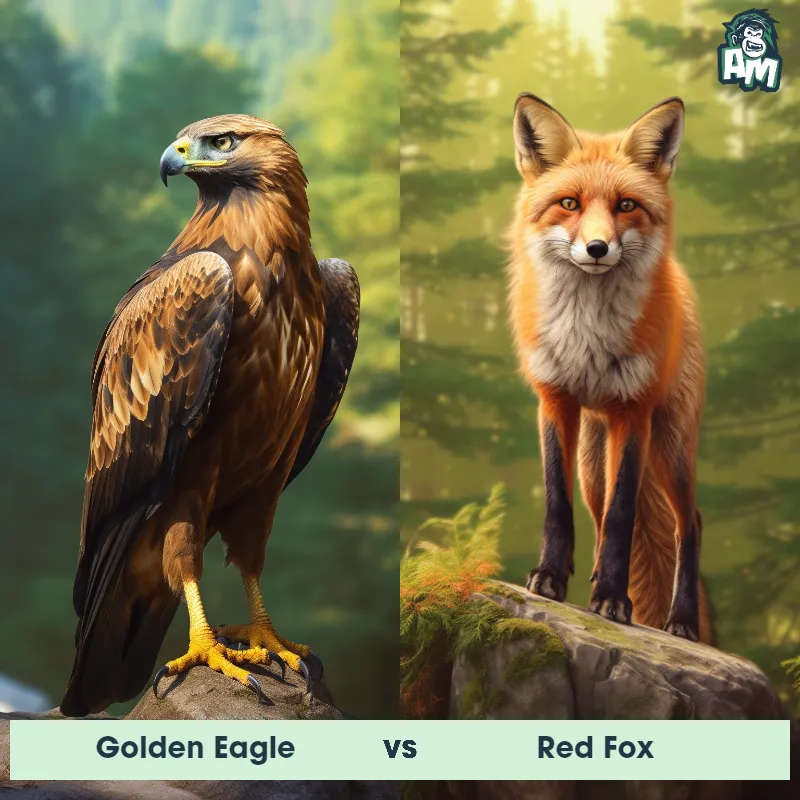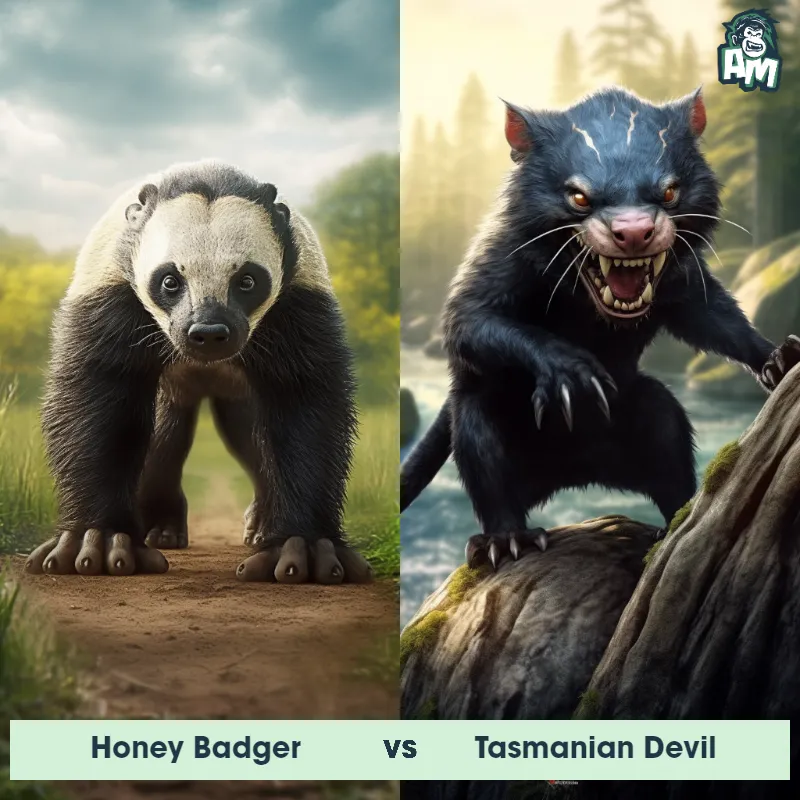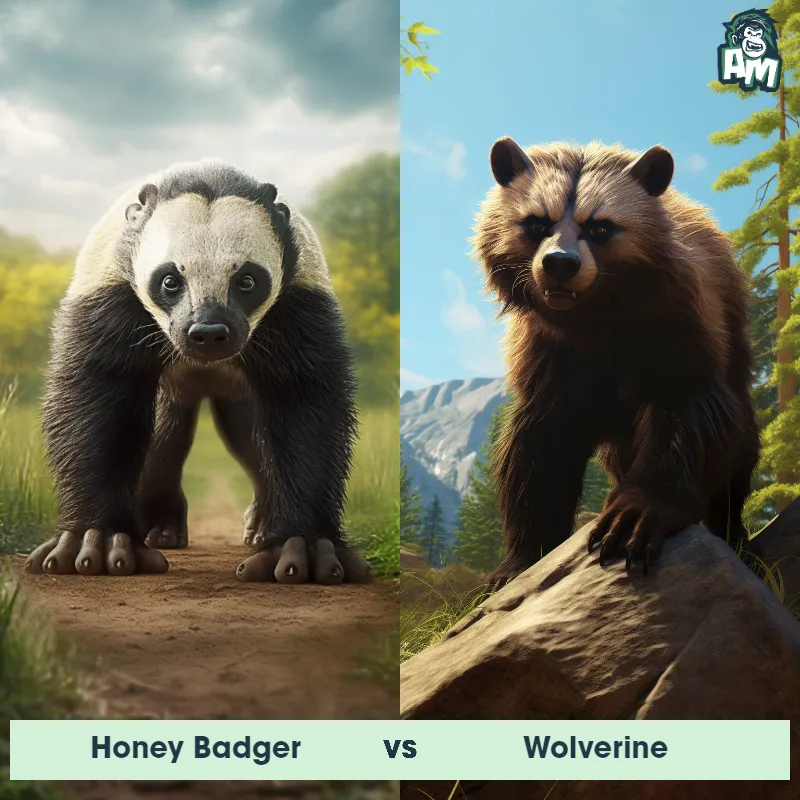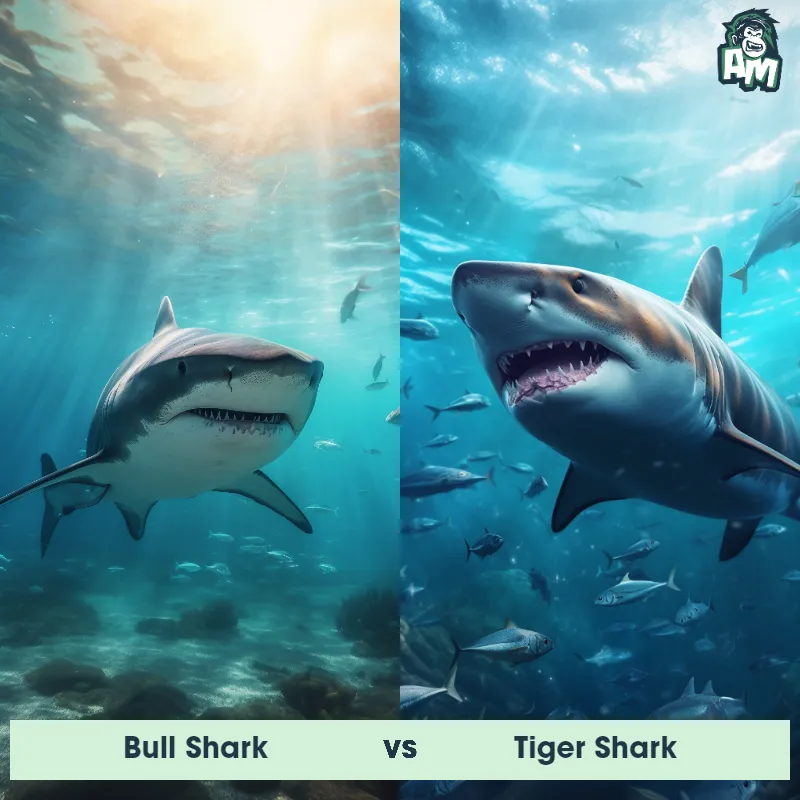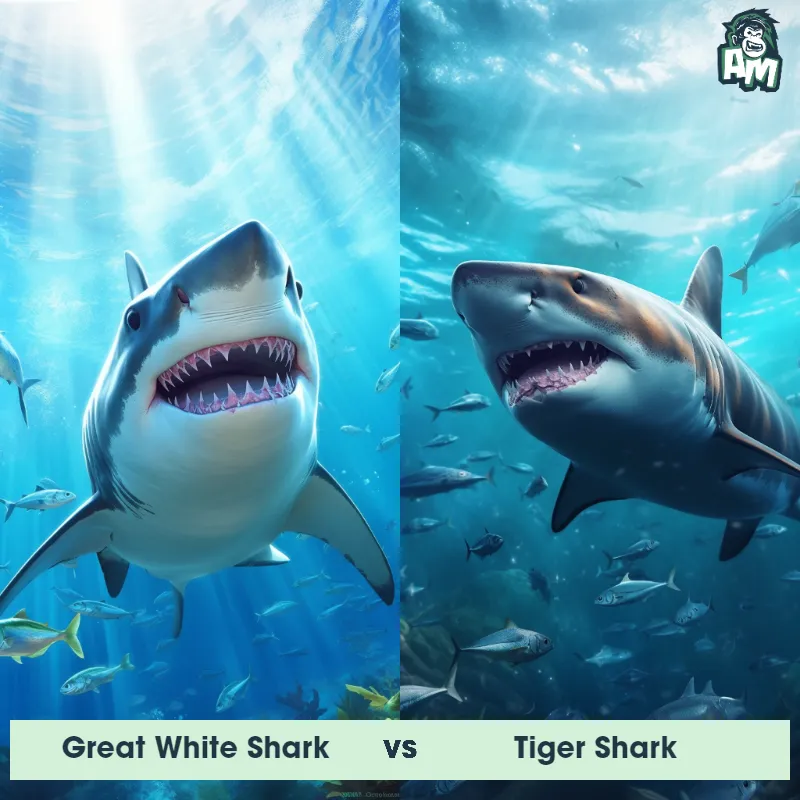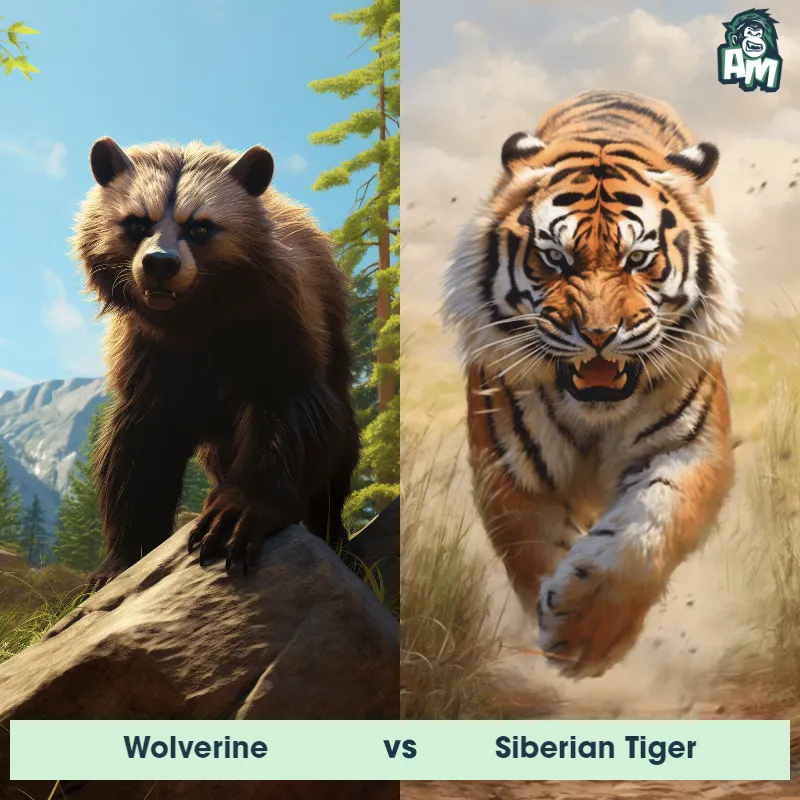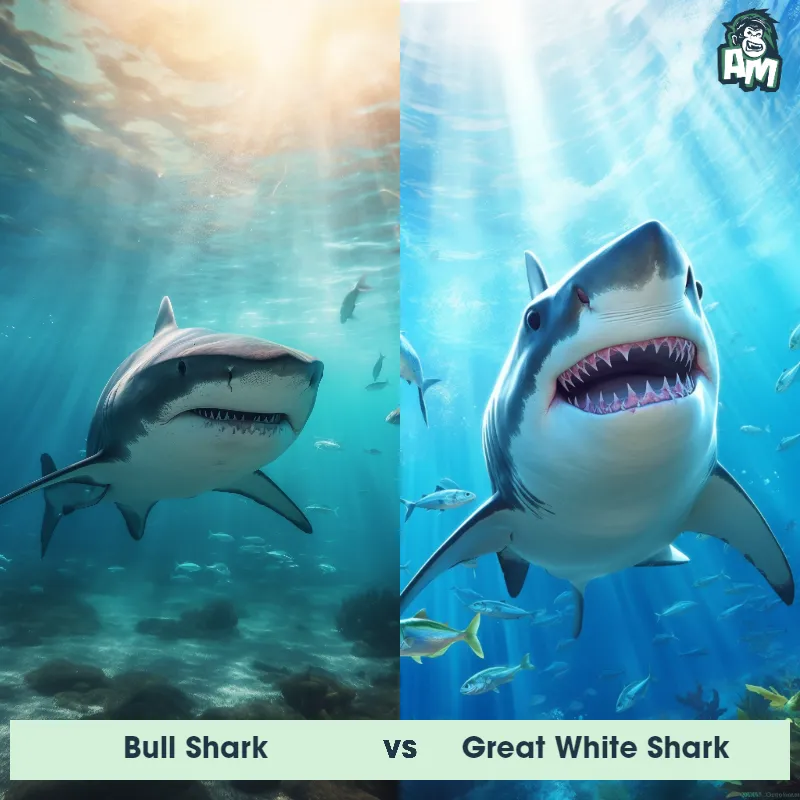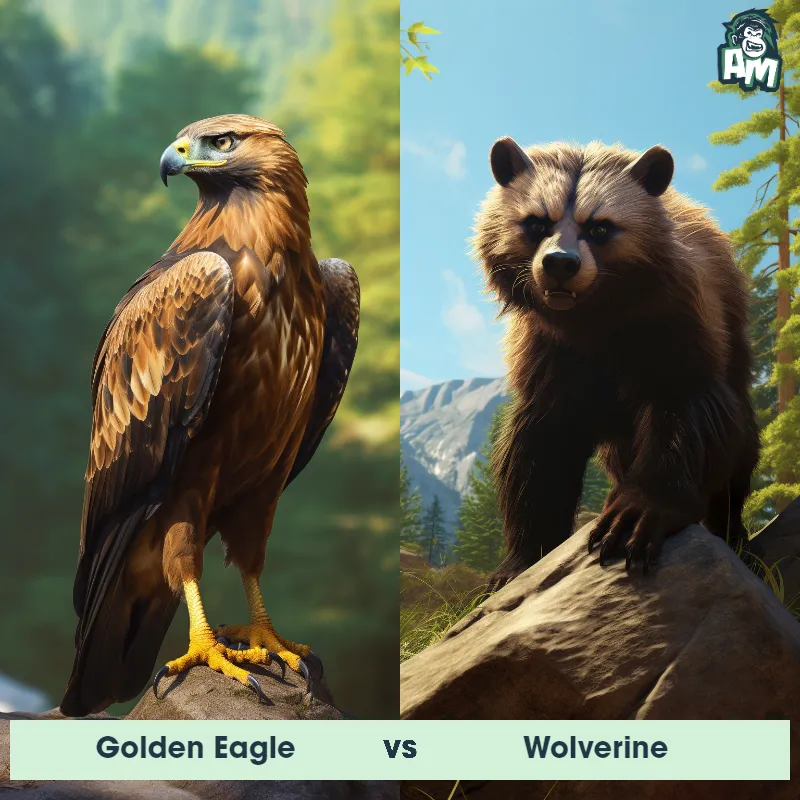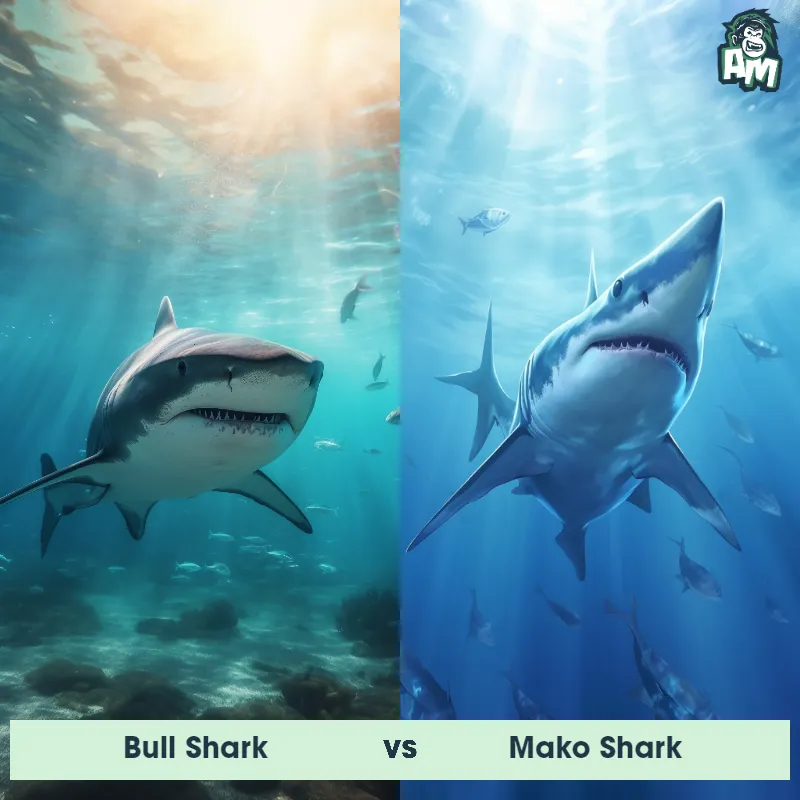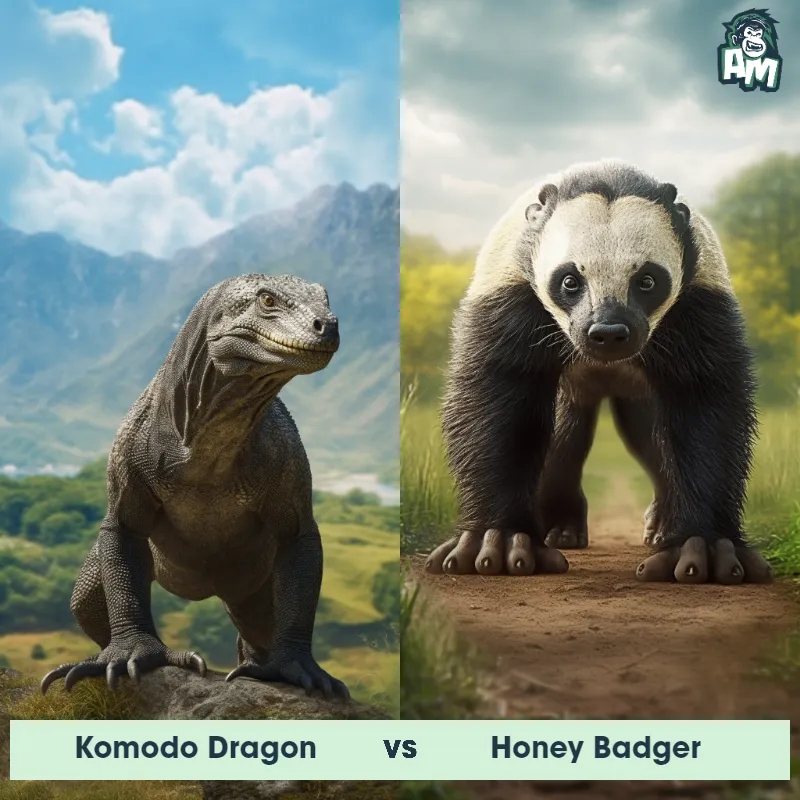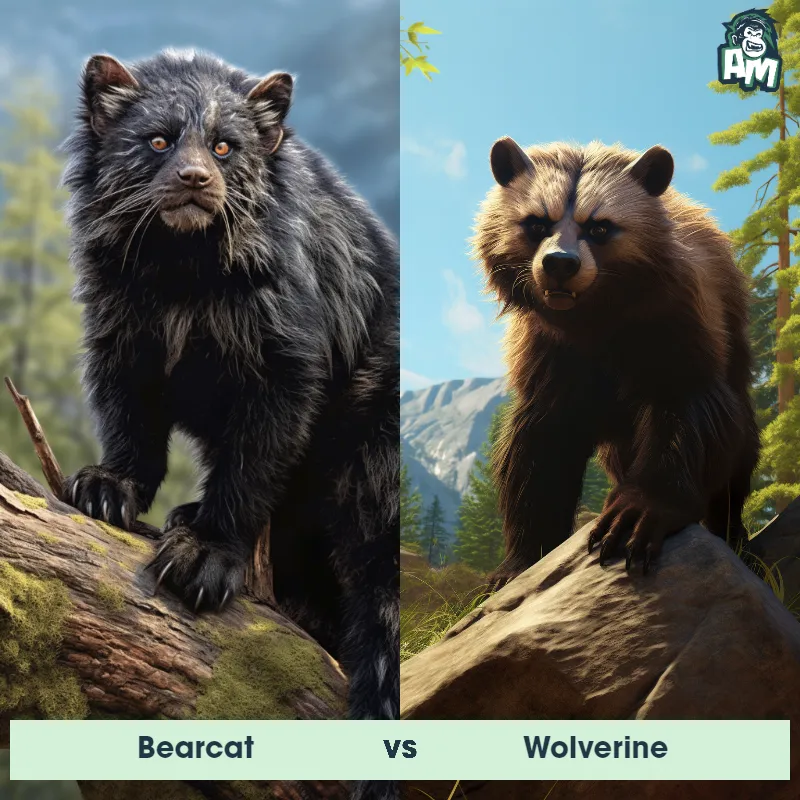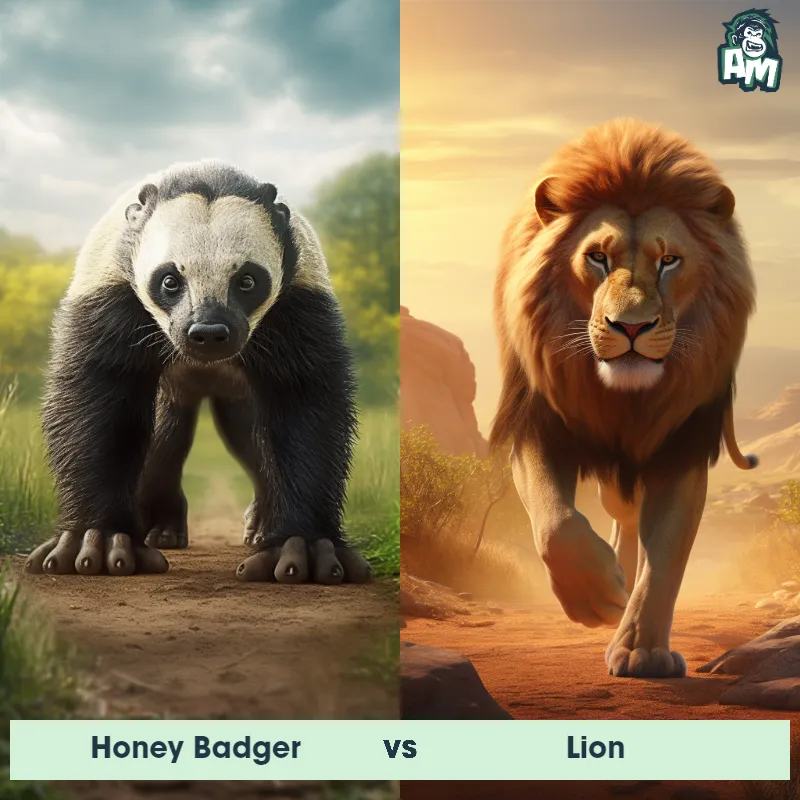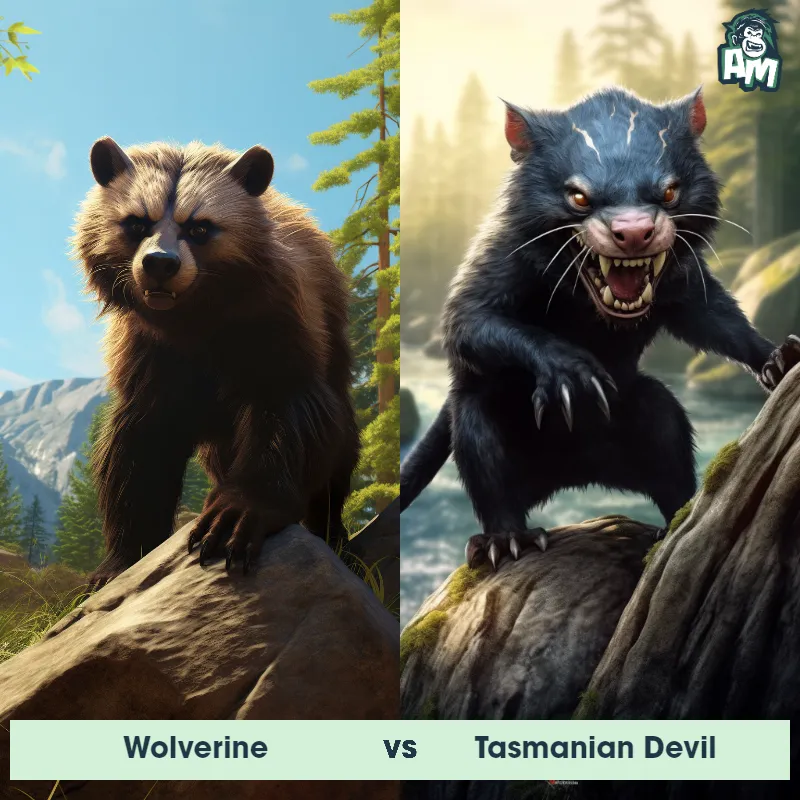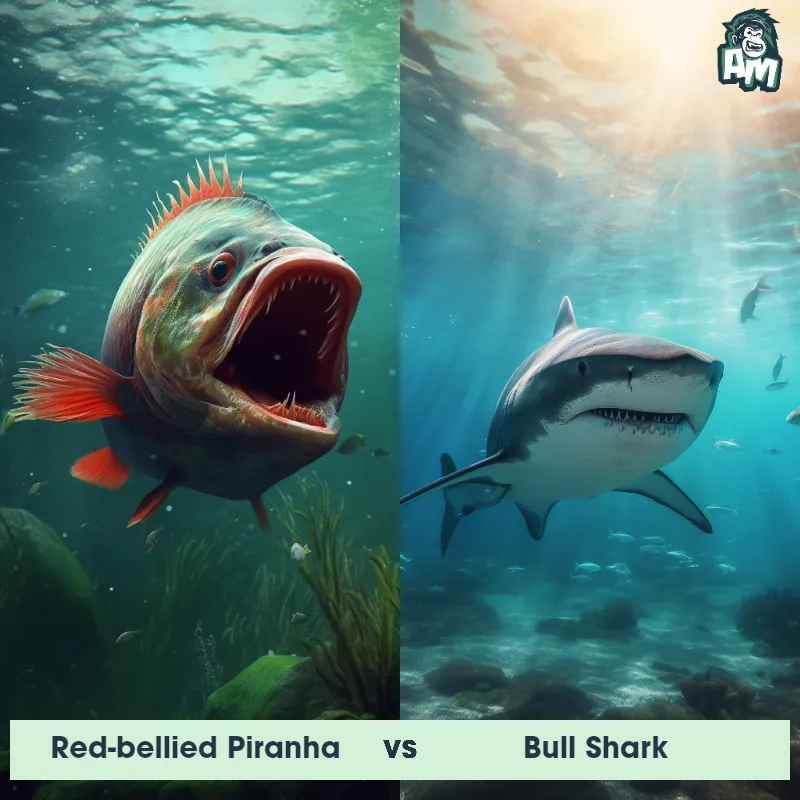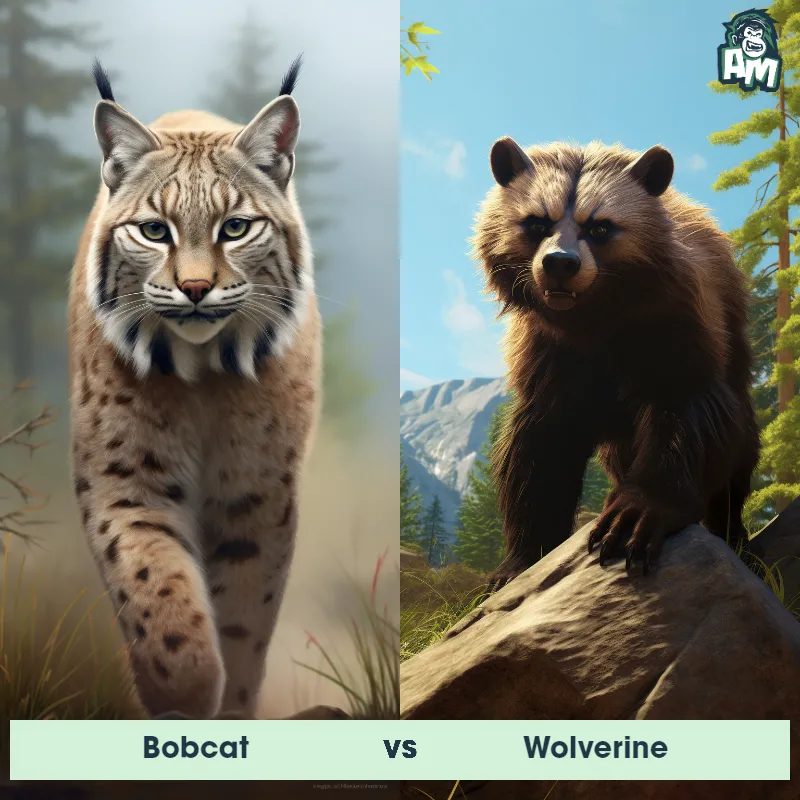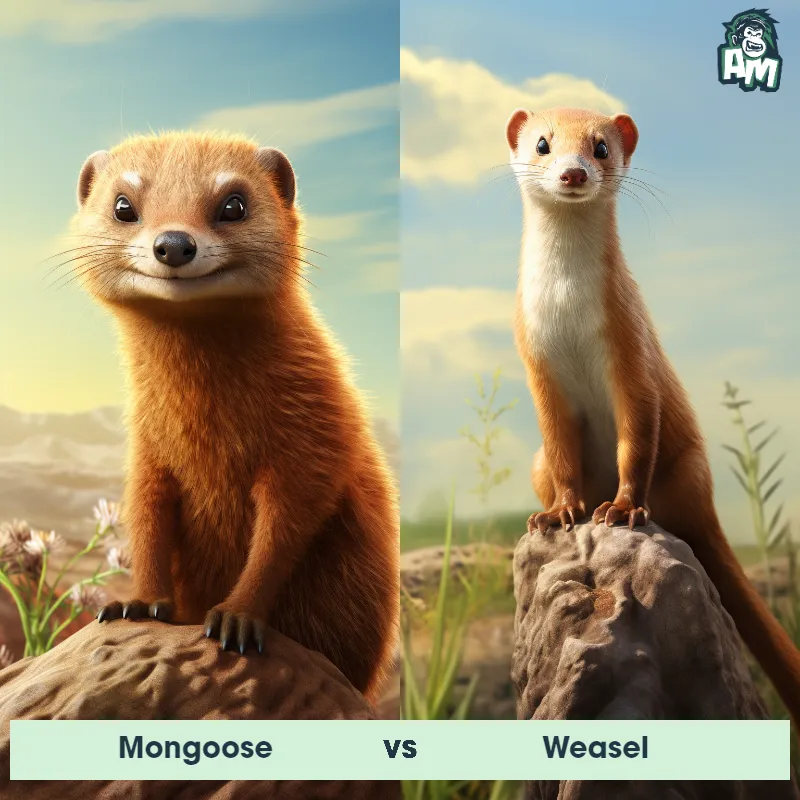Giant Otter vs Bull SharkSee Who Wins

Welcome, folks, to an epic showdown between two fierce predators - the Giant Otter and the Bull Shark. Both animals are known for their strength and agility, making this matchup one to watch. Let's see how they fare in this three-round fight.
Contender 1: Giant Otter
The Giant Otter, also known as the Giant River Otter or the South American Otter, is the largest of all otter species, measuring up to 6 feet in length and weighing up to 70 pounds. They have sleek, dark brown fur with white or cream-colored markings on their throat and chest. Their webbed feet and powerful tail make them excellent swimmers, and they are known for their ability to catch fish with their sharp teeth and strong jaws.
Fun Fact: Giant Otters have the thickest fur of any mammal in the animal kingdom, with up to 1 million hairs per square inch, which helps them stay warm in the cold waters of their habitat.
Contender 2: Bull Shark
The Bull Shark, also known as the Zambezi Shark, is a large predatory fish found in warm coastal waters and freshwater rivers around the world. They are known for their aggressive behavior and ability to tolerate freshwater, allowing them to swim far up rivers. Bull Sharks have a stocky build, with a grey or brownish coloration and a short, broad snout filled with sharp teeth. They can grow up to 11 feet long and weigh over 500 pounds.
Fun Fact: Bull Sharks are known for their ability to swim in freshwater rivers, and have been found as far up the Mississippi River as Illinois.
Matchup Stats
| Giant Otter | Bull Shark | |
|---|---|---|
| Size | Up to 6 feet (1.8 meters) in length | Up to 11 feet (3.4 meters) |
| Weight | Up to 70 pounds (32 kilograms) | Over 500 pounds (227 kilograms) |
| Speed | Speed: 22 mph (35 km/hr) | Speed: 25 mph (40 km/hr) |
| Key Strength | Powerful jaws and sharp teeth | Powerful bite force and aggressive behavior |
| Biggest Weakness | Vulnerable to attacks on land | Vulnerable to attacks on the gills and eyes |
Current Votes
Giant Otter vs Bull Shark
See Who Wins
View More Matches
Looking For More?
Similar Matches
Scientific Stats
| Giant Otter | Bull Shark | |
|---|---|---|
| Scientific Name | Pteronura brasiliensis | Carcharhinus leucas |
| Family | Mustelidae | Carcharhinidae |
| Habitat | Freshwater rivers, lakes, and swamps | Warm coastal waters and freshwater rivers |
| Geography | South America, specifically the Amazon, Orinoco, and La Plata river systems | Found worldwide in tropical and subtropical regions |
| Diet | Fish, crustaceans, and small mammals | Carnivorous, feeding on fish, dolphins, turtles, and other sharks |
| Lifespan | 8 years - 10 years | 12 years - 16 years |
Key Differences between Giant Otter and Bull Shark
- Color: The Giant Otter has a predominantly brown fur with a cream-colored throat, while the Bull Shark is typically gray with a white belly.
- Habitat: Giant Otters are exclusively found in freshwater habitats such as rivers and lakes, whereas Bull Sharks are primarily found in saltwater environments like oceans and estuaries.
- Teeth: Giant Otters have sharp, pointed teeth for catching fish and other prey, while Bull Sharks have triangular serrated teeth designed for hunting larger marine animals.
- Fins: The Giant Otter has webbed feet for swimming and diving, whereas the Bull Shark has distinct dorsal and pectoral fins for maneuvering through water.
- Size: The Giant Otter can grow up to 6 feet in length, while the Bull Shark can reach lengths of up to 11 feet.
- Diet: Giant Otters primarily feed on fish, while Bull Sharks are known to have a diverse diet that includes fish, seals, and even other sharks.



